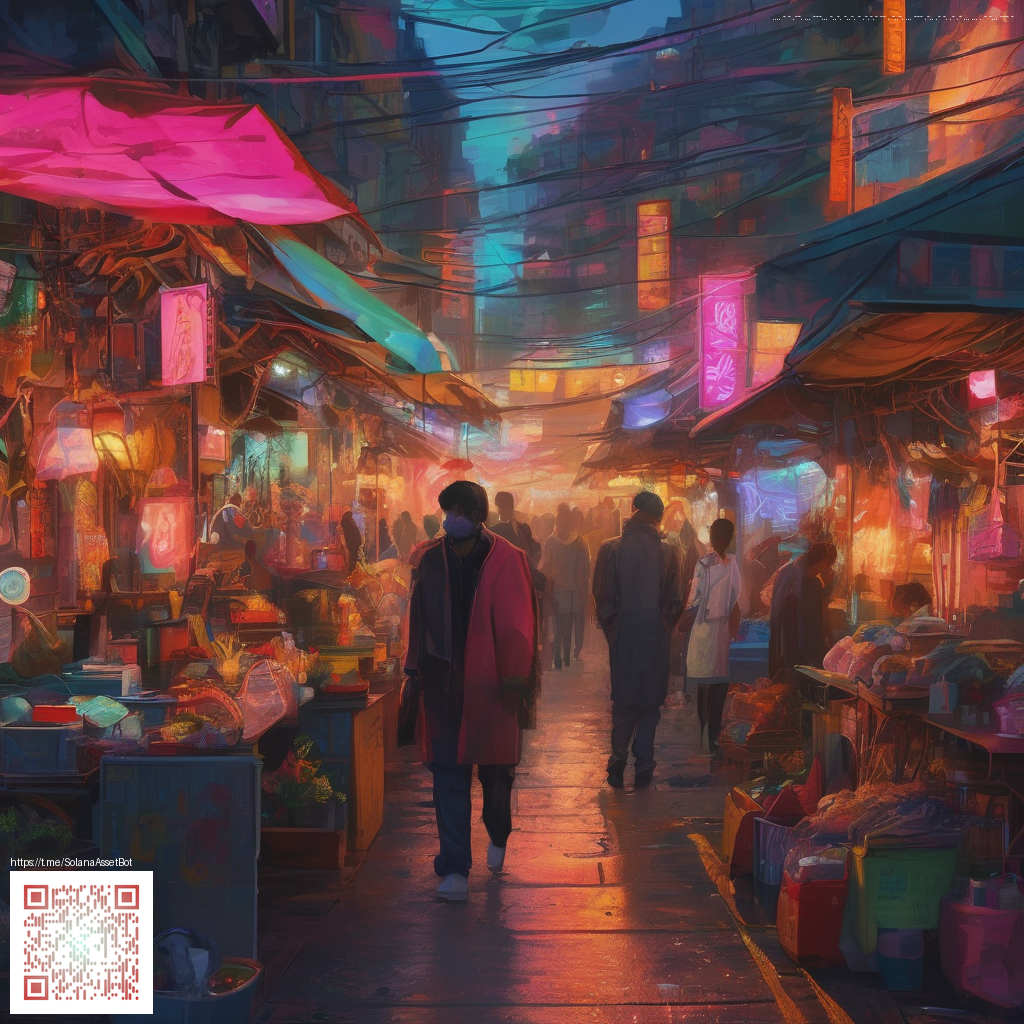
Decoding design choices in Pillars of Eternity II Deadfire
Long time fans of Obsidian's RPG heritage remember the bold pivot after the first Pillars of Eternity. Deadfire expands the horizon by weaving a nautical odyssey into its signature political intrigue. The design decisions behind this shift were not accidental. They crafted a system that rewards exploration, trade, and companionship as a living, breathing world 💠.
The central ship mechanic redefines pacing. Between archipelago hopping and island side quests, players manage a crew, upgrade the ship, and negotiate routes. Each voyage feels purposeful because choices on board ripple into encounters at sea and ashore. The balance between risk and reward matters as players choose to sail into contested zones or chart safer courses for rewards. The ship becomes a character in its own right.
Character interactions remain at the heart of the experience. Companions carry distinct agendas that reflect the game's moral and political fabric. The design invites diverse playstyles, letting players pursue diplomacy with factions while cultivating personal arcs. This layering fosters emergent stories that players carry into a long campaign across Deadfire's islands.
Worldbuilding scales with player agency. Rather than a single linear path, the game invites branching quests tied to factions, settings, and personal decisions. The agents, ships, and settlements coalesce into a web where every voyage can alter the balance of power. This approach drew both praise and critique, revealing the tension between sandbox ambition and tight narrative cohesion.
Community insights
The community embraced the open feel of Deadfire's world. Players shared routes, ship formation setups, and strategies for balancing crew morale with supply management. Modders extended the game's life with new content and balance changes that respect the game’s tone. The community voice pushed for improvements to quality of life, quest tracing, and clearer indicators for ship events. The ongoing dialogue between players and developers demonstrated a shared commitment to iteration.
Updates and ongoing coverage
Post launch updates focused on stability, UI readability, and combat balance. Ship battles received tweaks to make engagements feel tense without becoming punishing. Quest logs gained better summarization to help players track multiple arcs across the archipelago. The updates kept the game feeling fresh for returning players and new players to dive in and carve their own path. The rate and clarity of these changes became a reminder that design decisions invite continuous refinement.
Modding culture and community creativity
Modders embraced Deadfire by expanding content and balancing tools that respect the original tone. Tutorials and mod collections helped new players install and experiment quickly. The culture around modding demonstrates how a community can extend a game long after its release by sharing tutorials, packs, and playthroughs. It turns a single voyage into a long lasting journey with fresh directions and discoveries.
Developer commentary and design philosophy
Official notes and diaries emphasize a core aim to fuse deep role playing with a living world that rewards curiosity. The design invites players to pursue diplomacy or embrace bold combat, with outcomes that reshape the world in tangible ways. Some players may crave tighter pacing, yet the direction leans toward freedom with meaningful consequences. This philosophy fuels conversations in fan communities and also informs how future RPG projects are imagined.
If you want to support the broader vision of a decentralized internet while you enjoy these worlds, consider contributing to a community driven funding approach. Your support helps sustain independent projects and open ecosystems that empower creators and players alike.
Support the decentralized internet
More from our network
- How Tori Davenant Fury Rider reshapes MTG fan card design
- The future of MTG meta aware card design with caterwauling boggart
- Calibrating space based photometry through a distant red star
- A hot blue giant illuminates the Hertzsprung Russell diagram
- Streaming large digital download catalogs for better UX